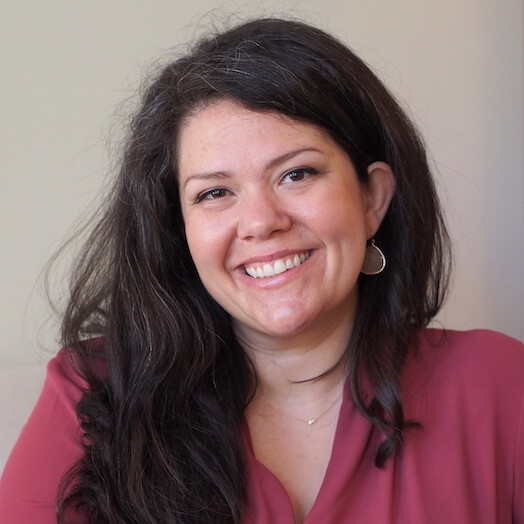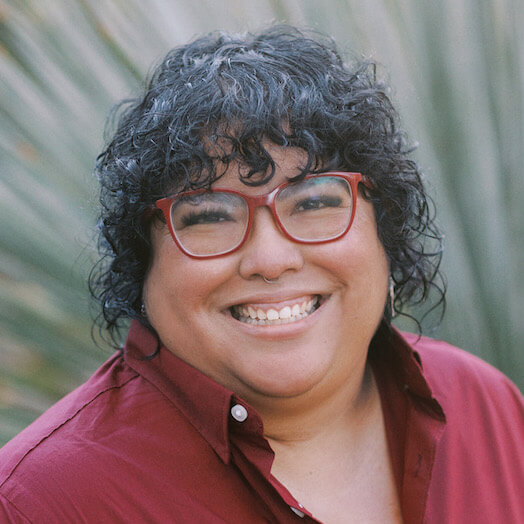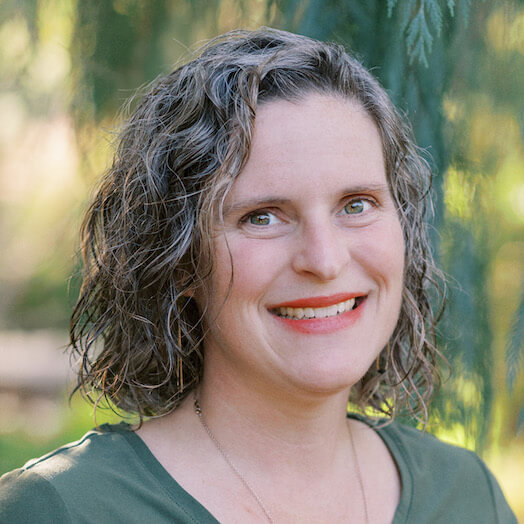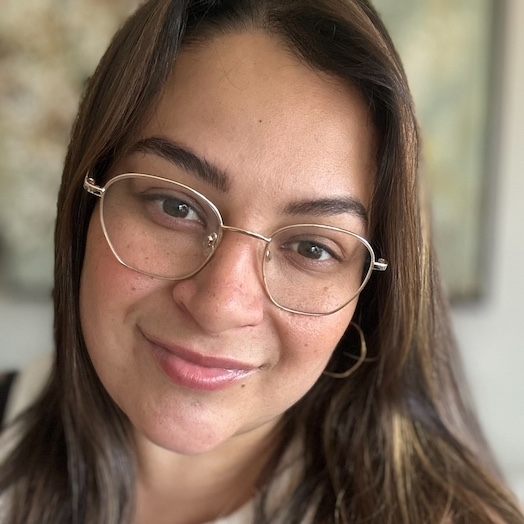
To state the obvious, we all know that relationships, particularly intimate partnerships, take work and intention. But even with all the good intentions, you can still find that your relationship is in trouble. And this can feel really awful. What do you do when this person, who is your best friend, seems so far away. Your connection matters more than anything, but now you find yourselves at odds, and you so desperately need to know, “does my person have me or am I alone in life?”
With the stakes so high, you might not want to test out your fears, you don’t want to reach out to your partner, when you are already feeling vulnerable because, well, what if that just makes everything worse and you end up feeling even more alone?
But then the distance between you is unbearable and when you try to do something, it comes out wrong—either desperate or harsh or angry or blaming or just plain confused. And maybe your partner responds with anger, blaming or withdrawing. The more you try to clear the way, to get them to understand, the more disconnected and unsafe you feel and it’s breaking your heart.
So many couples find themselves in this cycle and don’t know how to get out. Finding their way out and back to each other, usually requires some important shifts. In my work with couples, some of the most common shifts that seem to make the biggest positive difference are the willingness to: turn towards, stay in, remember and create safety.
“Turning towards.” Couples can learn to turn towards each other during times of distress and difficulty. Being able to reach out and share your feelings, experiences and desires, rather than pulling away is huge in reestablishing connection. This is hard and takes a lot of work and you may need the support of a therapist, but this can make all the difference in your relationship.
“Staying in.” This is hard too. Learning to stay present with your partner, even when it feels so uncomfortable, is another crucial change that can make a big difference in the way you experience challenges together. Paradoxically, this may require that a lovingly orchestrated “time out” be available so that you can safely build the tolerance to “staying in” because you don’t feel trapped.
“Remembering.” Remembering that you love your partner and want the best for them and the relationship, even when you are feeling unsafe, desperate, angry. And then also remembering the good intentions of your partner. Let’s be honest, if you really believe that your partner is the kind of person who wants to destroy, humiliate or harm you at any opportunity, then why are you wanting to be with this person.
“Creating safety.” And all this requires safety—feeling enough safety in yourself to take a risk, and manage the uncertainty and discomfort of turning towards and staying in. Then just as important is actively working to create a safe space for your partner. When both of you are intent on doing this, a culture of love, support and healing emerges in your relationship.
Rebuilding connection, safety and closeness is not easy and takes time. A good relationship therapist may be needed to hold the safe space for this work. If you are ready to start, I’d love to support you in finding your way back to each other.

Hi, I’m Linda Rolufs, therapist for individuals and couples at Love Heal Grow Counseling.
I help individuals and couples respond to their painful experiences and emotions in ways that bring them freedom and closeness to themselves and others.
You can read more about me or schedule an appointment here: About Linda
























